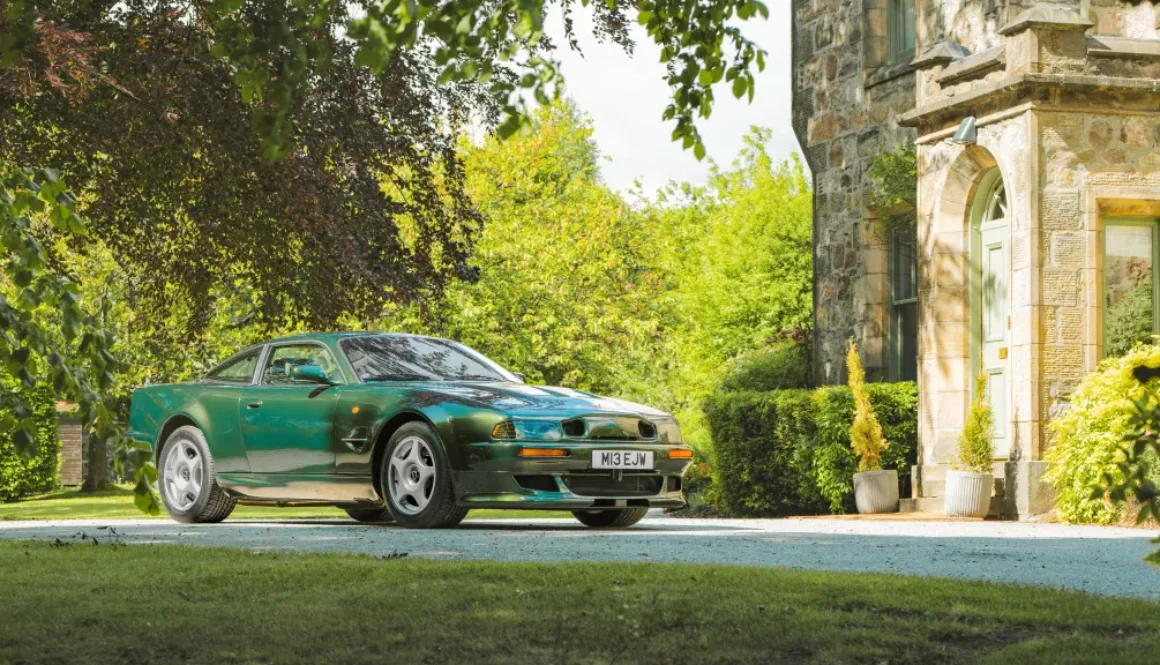Cadillac’s Big American Gamble: Entering Formula One for the First Time
This article originally appeared on Scuderia Fans.
When the lights go out on March 8 next year, Formula One will welcome its first brand-new team in a decade and one of America’s most iconic automakers: Cadillac.
Cadillac’s racing pedigree runs deep. The brand’s motorsport roots stretch back to NASCAR in 1949 and Le Mans in 1950. In recent years, it dominated the IMSA SportsCar Championship, winning four straight Daytona 24 Hours from 2017 to 2020, three IMSA titles and a podium finish at Le Mans in 2023. Clearly, Cadillac knows how to race.
But Formula One is a different beast. No other sport demands such precision, technology, and teamwork – and even massive budgets don’t guarantee success. Toyota, the world’s largest automaker, entered F1 in 2002, made 278 starts over eight seasons, and never won a race.
Today’s F1 grid is tighter than ever. The front rows are often separated by hundredths of a second. Winning requires not just the right car and driver, but flawless coordination across design, engineering and strategy. As Red Bull’s 2024 season showed, even the best can falter: the team won seven of the first ten races, then lost momentum and finished third behind McLaren and Ferrari.
So why would Cadillac take on such a brutal challenge, one where finishing last is almost inevitable at first? The answer is that F1 offers something no other racing series can: a global stage.
For Cadillac, this isn’t just about racing, it’s about visibility. F1’s global audience has exploded in recent years, with Netflix’s Drive to Survive series, which debuted in 2019, playing a pivotal role in that success. The sport now boasts 827 million fans worldwide – up 63% since 2018 – reaching more than 10% of the planet’s population.
F1 also offers a level playing field Cadillac couldn’t have found a decade ago. Simplified 2026 regulations coupled with a spending cap have made the point of entry more realistic for newcomers than ever before. And if Cadillac can eventually make an American team a consistent front-runner, the marketing payoff would be enormous, particularly when its brand recognition is comparatively less in regions beyond North America.
American teams generally haven’t had much success in F1 – another reason to get into the race. Haas, though now in its tenth season, has yet to put a driver on the podium in over 200 races. You’d have to look back almost half a century before finding a champion American team, when Alan Jones won the 1977 Austrian Grand Prix for Shadow. Before that, John Watson’s Penske-Ford triumphed in 1976, and Dan Gurney’s Eagle-Weslake won in 1967. Only those three U.S. teams have ever won a Formula One race.
When it comes to building out the team, Cadillac isn’t taking shortcuts. This isn’t a simple sponsorship deal like the Sauber team changing its name to Alfa-Romeo Racing in 2019 even though it was a purely commercial partnership with no technical involvement from Alfa at all. Quite admirably, Cadillac has gone about it in a completely different way, reliant on none of the existing F1 stakeholders to get it onto the grid. Instead, Cadillac has partnered with TWG Motorsports, which operates Andretti Globael, Walkinshaw Andretti United, and Wayne Taylor Racing.
The new F1 cars will be built at a state-of-the-art facility in Fishers, Indiana, near Indianapolis Motor Speedway, which is where the team will be headquartered as well. The team responsible for the operation and design of the cars will be based in Silverstone, England, in the heart of “Motorsport Valley,” home to seven of the ten current F1 teams. That location is crucial: it provides access to some of the world’s top racing engineers and specialists.
But Cadillac’s biggest technical leap will come from its new factory in Charlotte, North Carolina, where General Motors will design and build its own F1 engines. That’s a major statement of intent. F1 power units remain among the most complex engineering challenges in sport, and most teams – including Red Bull, McLaren, Williams, and Aston Martin – rely on outside suppliers. GM’s decision to build its own engine, expected to debut around 2029, shows this is a long-term commitment. Until then, Cadillac will run Ferrari engines, much like Haas.
Experienced Hands at the Helm
Cadillac has already brought in seasoned leadership to guide its F1 debut. Team Principal Graham Lowdon previously led the Marussia and Virgin F1 teams. Chief Technical Officer Nick Chester once served as Technical Director at Renault F1.
Behind the wheel, Cadillac will field veterans Valtteri Bottas and Sergio Pérez. Both are proven race winners with a combined 527 Grand Prix starts, 16 victories, 109 podiums, 23 pole positions, and 31 fastest laps between them. American Colton Herta and Brazilian-American Pietro Fittipaldi will serve as test drivers.
Some fans were disappointed not to see an American lead driver, but with limited testing and no U.S. drivers currently on the grid, Cadillac prioritized experience over nationality. With both Bottas and Pérez in their mid-30s, they bring the know-how needed to build a competitive foundation – even if they may not be around when Cadillac reaches its peak later in the decade.
What to Expect in 2026
Realistically, Cadillac’s early goal won’t be podiums, it’ll be progress. If the team finishes anywhere other than last in its debut season, it will be cause for celebration. Expectations are modest, and that’s fine. Simply sharing the grid with the likes of Ferrari, McLaren, and Red Bull will boost Cadillac’s image worldwide.
That exposure is already paying off. Since announcing its F1 entry, Cadillac has racked up more than half a billion social media impressions, and its F1 Instagram account has already surpassed 2.5 million followers.
For a brand seeking to redefine itself as a global performance player, that’s a victory in its own right.
For more car stories, check out this one about my Aston Martin V600.





